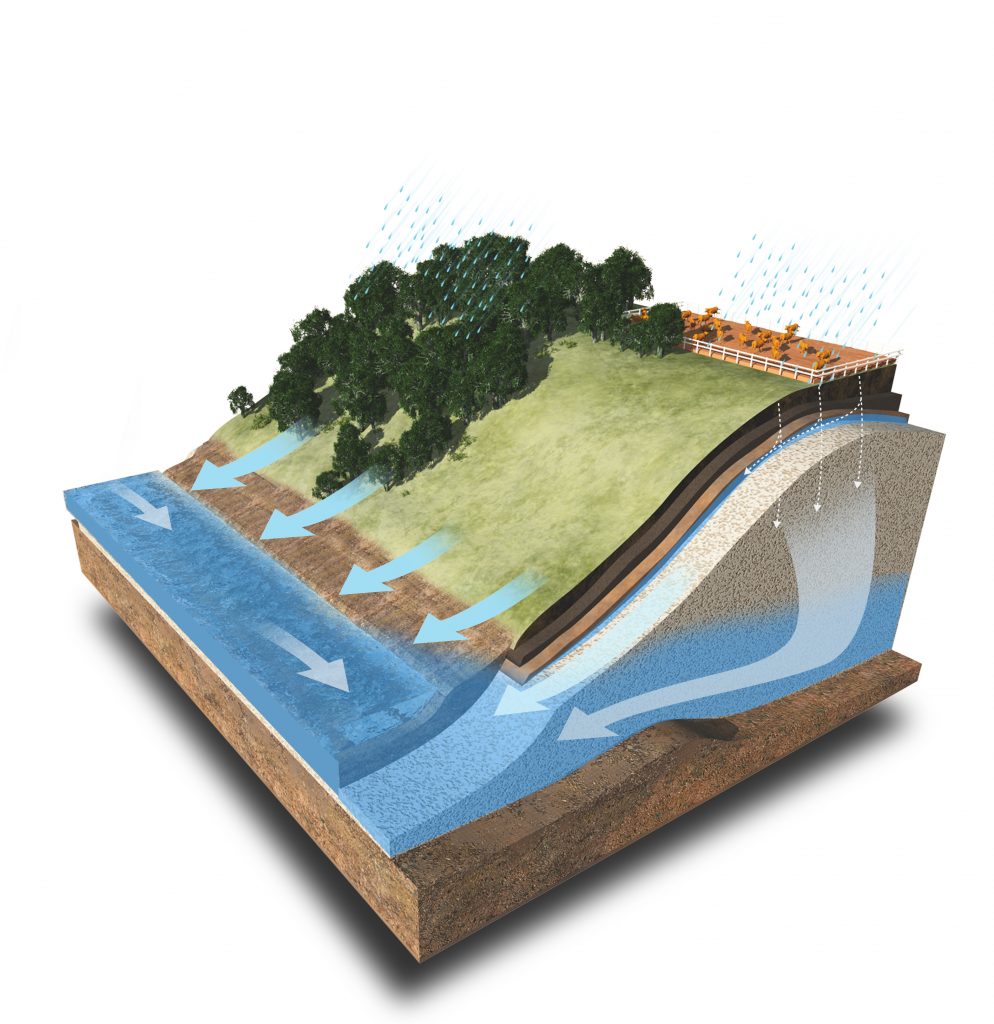
Ciaran Harman understands more than most how water affects geography and climate. The Russell Croft Faculty Scholar in the Department of Environmental Health and Engineering was born in Perth, a city on the Indian Ocean at the far western edge of Australia. It’s one of the most isolated metropolises on Earth, sitting at the edge of a desert that occupies a third of the continent and reliant on the rains that sweep north from Antarctica. European farming practices stripped much of the surrounding landscape of native forests and caused salts to rise through the water table, devastating agriculture. Perth increasingly relies on desalinated ocean water for survival.
“It is scary in many ways how water-limited that place is,” Harman says. He first worked as an engineer and hydrologist. But he says he was drawn back to an academic career because his clients weren’t always interested in answering the most fundamental questions. His work on hydrology, he says, has a “real purpose and meaning behind it.” The answers he’s pursuing “really matter,” he says, “and that was important to me.”
Harman studies how water migrates through a landscape, primarily by measuring how long it’s been there. He likes to think of groundwater as starting its life the moment it falls to Earth, maturing underground, and passing away when it enters a stream. He says, “If you were to go out to a stream here and dip a glass into that stream, if you could ask every molecule, ‘When did you last fall as rain?’ what would you find?” A lot, as it turns out. The speed with which a raindrop flows through a landscape can help describe the underlying strata of soil, clay, gravel, and rock. Knowing water’s age can help determine the level of purity of the water flowing into streams. It can help forecast the impact of climate change on the health of an estuary, such as the Chesapeake Bay.




